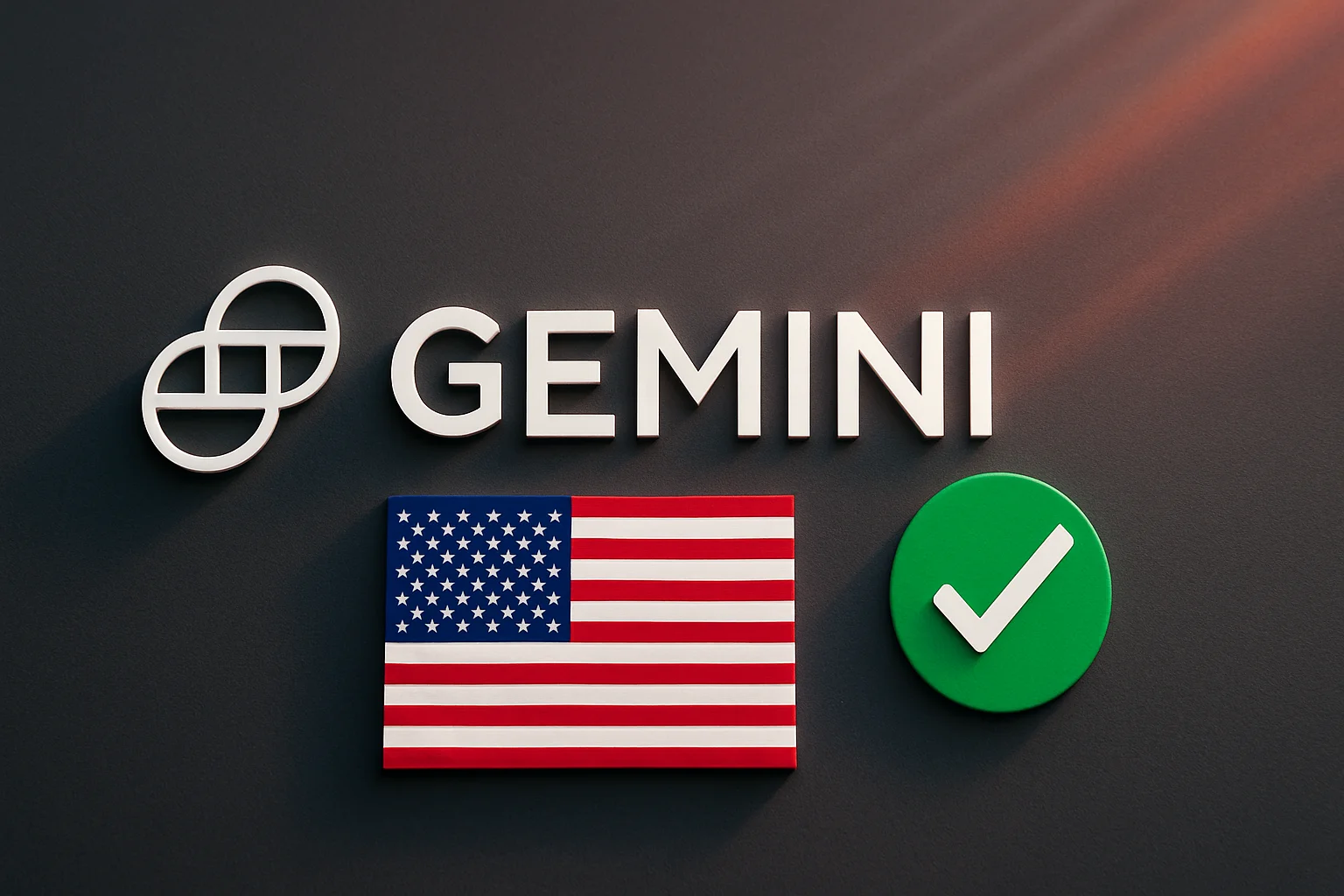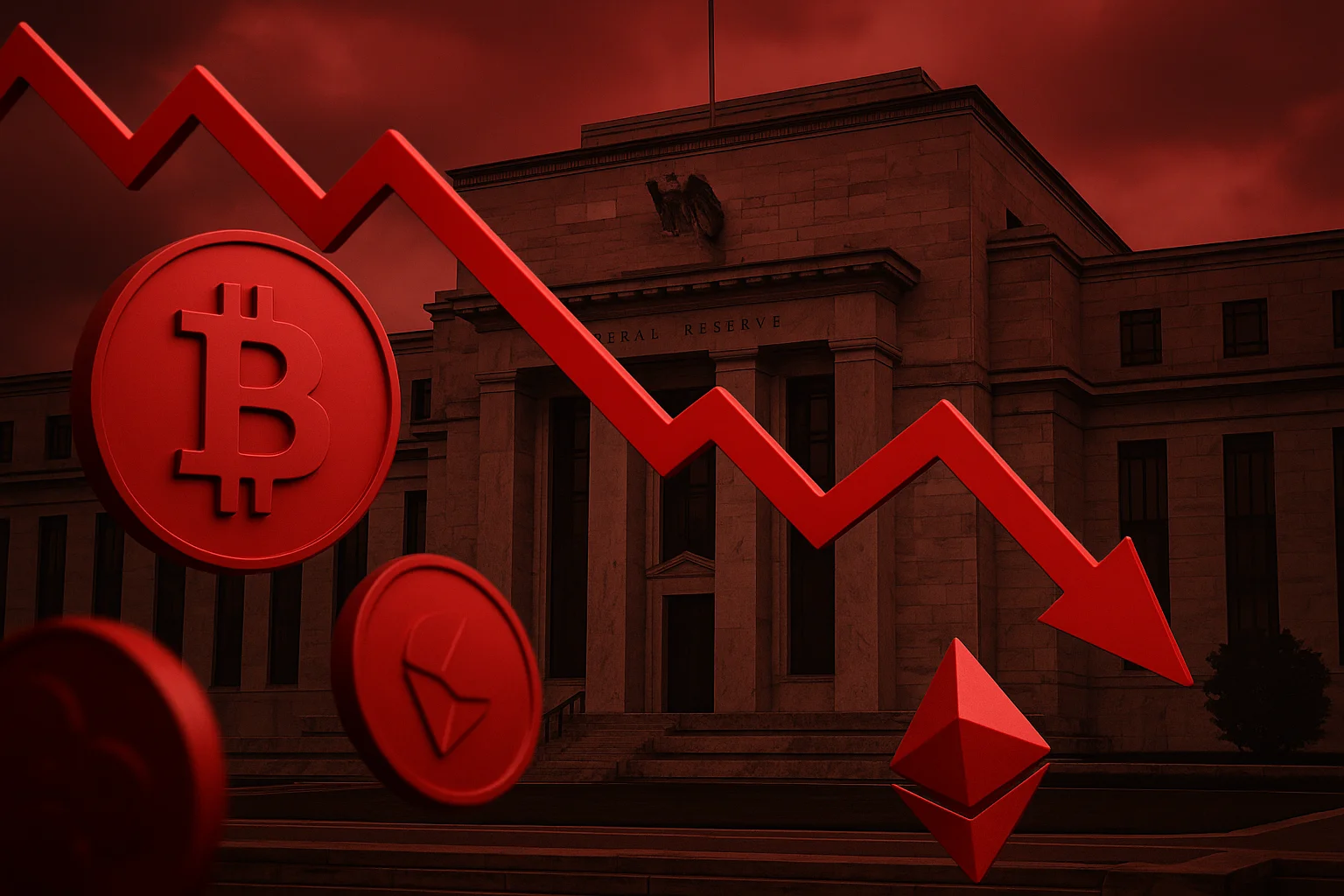Global payment giants have accelerated the stablecoin race. Visa announced that it will support four new stablecoins that will run on four different blockchain networks, while Western Union is preparing to launch its own dollar-backed digital asset in the first half of 2026. With these steps, the two established players in the financial and technology worlds aim to both accelerate cross-border payments and bring crypto-based financial solutions to the center of mainstream banking.
Visa Applies to Four Different Blockchains for Four Stablecoins
Global payments giant Visa is accelerating its efforts in the digital asset space. The company is preparing to offer support for four different stablecoins on four different blockchain networks.
“We are adding support for four stablecoins running on four different blockchains,” Visa CEO Ryan McInerney said at the company’s 2025 fiscal year closing meeting. While not providing details, McInerney emphasized that this step will significantly expand Visa’s digital asset infrastructure. The company currently supports Circle's USDC and Euro Coin (EURC), PayPal USD (PYUSD), and Global Dollar (USDG) stablecoins via the Ethereum, Solana, Stellar, and Avalanche networks. Visa has facilitated over $140 billion in crypto and stablecoin transactions through these networks since 2020.
McInerney noted that stablecoins are particularly gaining momentum, and that these assets are creating a new bridge for global commerce. He noted that user spending on Visa's stablecoin-linked card services has quadrupled compared to the previous year, and that monthly payments made in stablecoins have surpassed $2.5 billion in annual volume.
Another goal for Visa is to directly integrate banks into the stablecoin ecosystem. The company launched its Visa Direct pilot program at the end of September, allowing banks and financial institutions to pre-fund cross-border payments using USDC and EURC. McInerney explained that in the next phase of this process, banks will be able to mint and burn their own stablecoins through Visa's tokenized asset platform. This transforms Visa into a financial technology platform that offers not only a payment network but also the infrastructure for stablecoin production.
The CEO reiterated Visa's goal of accelerating blockchain-based money transactions, saying, "This is just the beginning for stablecoins. There's much more to come."
This expansion comes as stablecoin transactions exceed $46 trillion globally. Given the slowness and high cost of traditional banking in cross-border payments, Visa's strategy could both increase payment speed and make inter-institutional money transfers more transparent.
Western Union Issues Stablecoin
Meanwhile, Western Union also plans to launch its stablecoin, "US Dollar Payment Token" (USDPT), on the Solana network in the first half of 2026. The token, which will be issued by Anchorage Digital Bank, will offer low fees and instant processing times for international money transfers.




